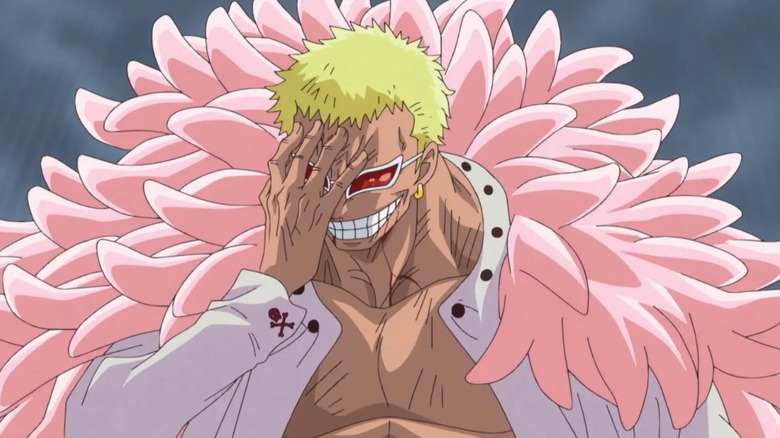
Toei Animation
The only thing that arguably makes various anime series more compelling than their heroic characters are their villains. More than just offering the protagonist a personified challenge to overcome, an entire story and its sense of stakes hinge on the effectiveness of its primary antagonist. These adversaries can be sympathetically, even nobley, opposed to the protagonist due to a variety of circumstances, or just plain outright and deliberately evil. Simply put, a hero is only as good as their villain, and this axiom certainly extends to the anime medium.
There is no shortage of great anime villains, from the maniacally unhinged to the effortlessly cool and calculating, all leaving an impression on audiences. These enemies are memorable, elevate the story, and often figure in some of the biggest and best fights that the anime medium has ever seen. With that all in mind, here are the 15 best anime villains of time, ranked.
Ryomen Sukuna (Jujutsu Kaisen)
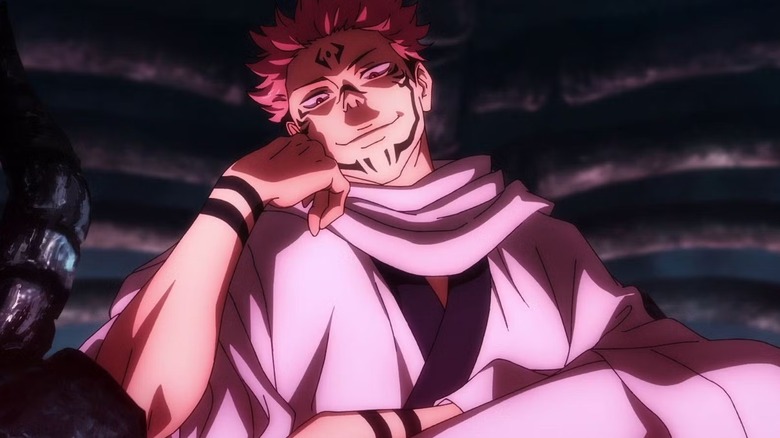
MAPPA
Based on its core premise, Ryomen Sukuna is an antagonist that is deeply embedded within "Jujutsu Kaisen" from the start, especially in its protagonist Yuji Itadori. The ancient King of Curses, Sukuna's dark magic was divided into his 20 fingers upon his death, with one finger consumed by Yuji during a harrowing attack. This act empowers Yuji enough to become a Jujutsu Sorcerer and save the day, but also revives Sukuna. Over the course of "Jujutsu Kaisen," Sukuna gradually regains more of his lost power before finally breaking free and launching a devastating rampage.
Sukuna is, at once, both a source of empowerment and Yuji's ultimate source of power, but also a figure that can never be trusted. With his autonomy restored, Sukuna becomes an unrelenting enemy after transferring his consciousness into a new body. In the climax to "Jujutsu Kaisen," Sukuna battles virtually every major heroic character still standing, with only the combined might of the Jujutsu Sorcerers stopping him. Inner darkness personified, Sukuna is the dark price that Yuji and his friends have to pay for their magical powers, and the check inevitably is paid in full.
Muzan Kibutsuji (Demon Slayer)
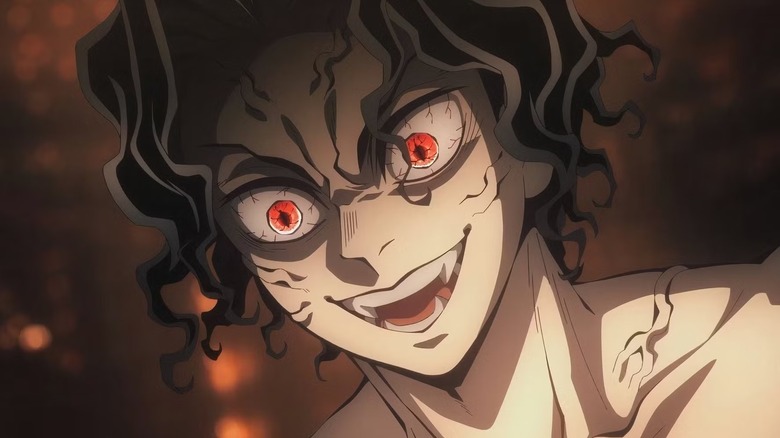
Ufotable
The primary antagonist on "Demon Slayer" is Muzan Kibutsuji, the Demon King who effectively created all other demons on the fantasy anime series. At the start of the series, Muzan transforms protagonist Tanjiro Kamado's sister Nezuko into a demon and kills the rest of their family, putting the story into motion. After learning about Nezuko's unique demonic abilities, Muzan becomes obsessed with hunting her down and consuming her to gain these abilities for himself. Muzan battles the Demon Slayer Corps throughout the series, holding a special grudge against Tanjiro.
Just as Tanjiro is a compassionate figure largely motivated by his love of others, especially Nezuko, Muzan is his cruel, self-centered opposite. Muzan's deep fear of death informs much of his history, including why he transformed into a demon in the first place. Muzan is simultaneously thematically opposed to Tanjiro and the source of all his major pain. This narrative importance, coupled with Muzan's deliciously arrogant evil, makes him a particularly compelling villain.
Madara Uchiha (Naruto Shippuden)
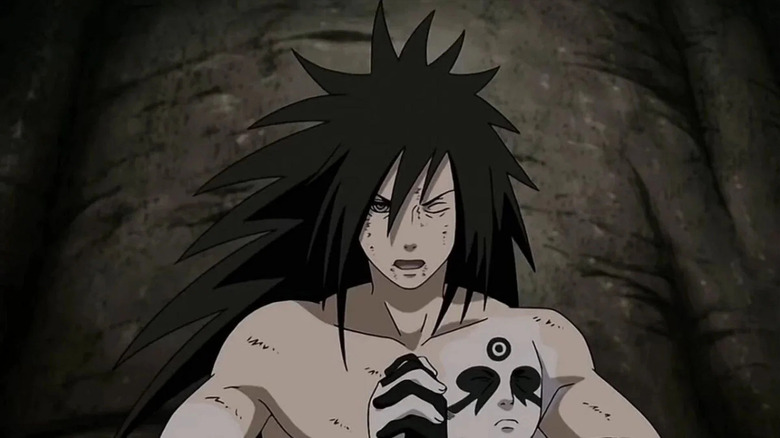
Pierrot
Madara Uchiha is a character mentioned relatively early on "Naruto," though he wouldn't make his full on-screen debut until "Naruto Shippuden." When Madara does appear, he more than lives up to the hype, both strikingly designed and the strongest "Naruto" character introduced at that point. After easily beating the combined might of five armies, Madara went on to defeat the five most powerful shinobi leading them, cementing his unrivaled power. Madara is revealed to be behind several other villains throughout "Naruto," orchestrating much of the story from behind the scenes.
Like many classic antagonists, Madara is trying to save the world in his own morally questionable way. More specifically, Madara looks to plunge the world in a dream-like illusion, bringing about global harmony at the expense of individual autonomy and reality. Though Black Zetsu would eventually overtake Madara as the more insidious villain, Madara is far and away the more appealing and intimidating of the two. Madara set a high bar for villainy on "Naruto" that arguably no other enemy in the franchise has reached.
Tomura Shigaraki (My Hero Academia)
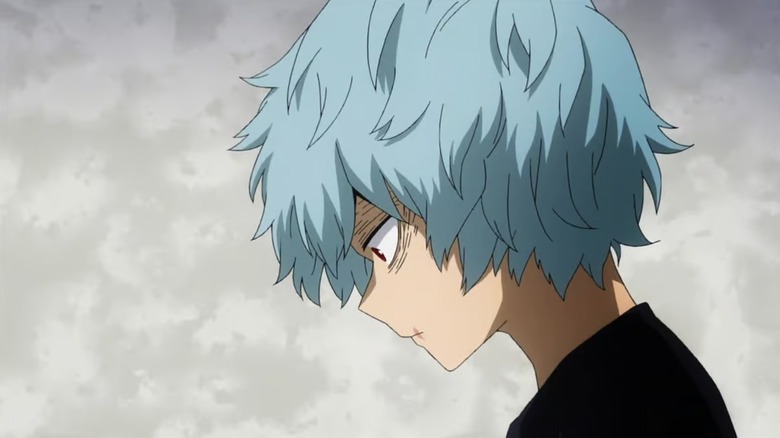
Bones
The superhero anime "My Hero Academia" unfolds across two young characters realizing their potential in parallel to one another. For the heroes, Izuku Midoriya trains to become the greatest Pro Hero among his classmates and peers. For the villains, Tomura Shigaraki usurps his adoptive father All For One to become the greatest supervillain in Japan. Tomura's power, or Quirk, allows him to absorb the Quirk of anyone he comes into physical contact with. This culminates in Tomura leading an all-out assault on the Pro Heroes, inciting his final duel with Izuku.
Tomura is Izuku's opposite number, with their respective rises to power ensuring a collision course to close out "My Hero Academia." Tomura is also tortured in his own way, with his unhappy upbringing reinforced by One For All continuing to influence Tomura internally after his absorption. But for all the sympathy Tomura could be capable of, he's still a gleeful supervillain at the end of the day, cruel and deliberate with his actions. If Izuku learns the responsibility that comes with being a hero, Tomura is the one seeking to abuse that power, always hungry for more power to add to his own.
Wrath (Fullmetal Alchemist: Brotherhood)
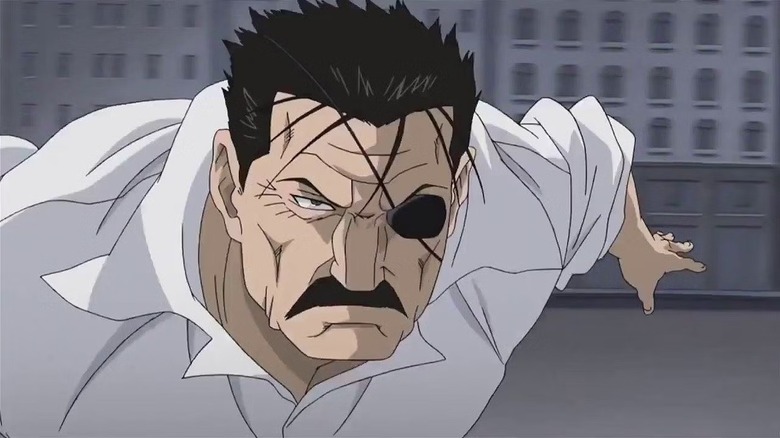
Bones
The steampunk fantasy anime "Fullmetal Alchemist," and its remake, "Fullmetal Alchemist: Brotherhood," culminates in its heroes fighting personifications of the seven deadly sins. Though these magical villains are all memorable in their own way, the one that stands out the most is Wrath. Wrath takes on the identity of King Bradley, the ruler of Amestris, concealing his true nature with an amiable public persona. As Bradley, Wrath wears an eyepatch to hide his all-seeing magical eye, making him a virtually peerless fighter.
Interestingly, Bradley is only depicted as Wrath on "Brotherhood," itself a more faithful adaptation of the original "Fullmetal Alchemist" manga series by Hiromu Arakawa. The 2003 anime adaptation depicts Bradley as Pride, creating its own separate version of Wrath for the story. Bradley makes more sense as Wrath in both Arakawa's original vision and "Brotherhood," a betrayal that is frightening and soul-shattering for the heroes. In contrast to how he presents himself in public, Wrath's cruel cynicism and explosive temper transforms him into a shocking enemy, right in the heroes' own ranks.
Askeladd (Vinland Saga)
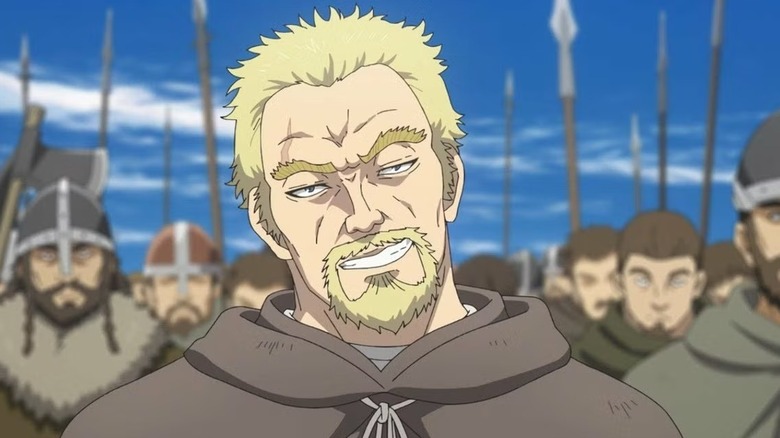
Wit Studio
The Viking anime epic series "Vinland Saga" is an engrossing tale of revenge framed against the backdrop of the 11th century Viking incursion into the British Isles. The subject of that vendetta in the 1st season is between Viking warlord Askeladd and the young warrior Thorfinn. Despite being aware Thorfinn intends to avenge his father, murdered by Askeladd, the villain allows him to join his roving band. Whenever Thorfinn accomplishes a task from Askeladd, the warlord allows him the chance to duel him to the death, easily besting his young charge for years.
The antagonistic dynamic between Thorfinn and Askeladd on "Vinland Saga" is a unique one, with Askeladd quietly mentoring someone he knows is out to kill him. Askeladd grows into something of a surrogate father figure for Thorfinn, though he is still decidedly rooted in villainy. Even after his death, Askeladd continues to torment Thorfinn in his nightmares, solidifying his looming presence in Thorfinn's life. It's an especially cruel world on "Vinland Saga," and Askeladd is the unconventional guide for Thorfinn to survive and thrive in it.
Demon King Piccolo (Dragon Ball)
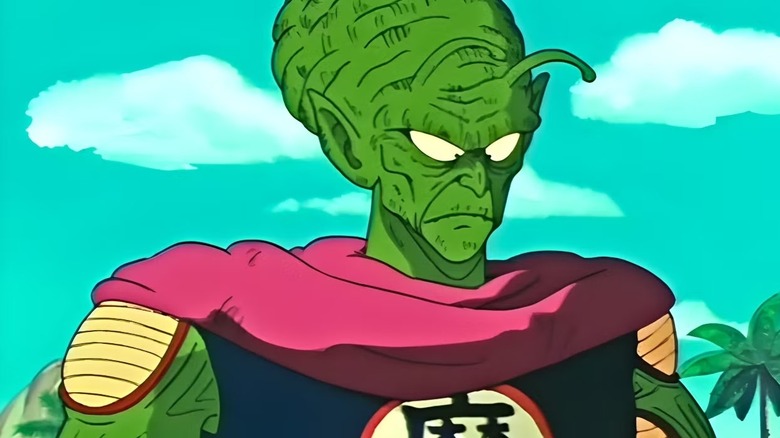
Toei Animation
Akira Toriyama's Dragon Ball is one of the biggest franchises to ever come out of Japan, spreading from a manga series to numerous anime shows, movies, and video games. The original "Dragon Ball" series covers the childhood adventures of Goku, who trains to become the greatest fighter in the world. After narrowly being defeated in a world martial arts tournament by Tenshinhan, Goku discovers his best friend Krillin has been brutally murdered. The one responsible for this is the Demon King Piccolo, an ancient evil freed from imprisonment and out to recover the mythical Dragon Balls.
While Goku had faced formidable opponents before, King Piccolo marked an irreversible shift on "Dragon Ball," both in tone and stakes. With the arrival of King Piccolo and the death of Krillin, it was the end of innocence for Goku, with the young hero now out to consciously destroy his enemy. Virtually every major villain after Piccolo would be played seriously, and every climactic victory hard-fought and earned. No longer a coming-of-age comedy, "Dragon Ball" aged up when King Piccolo made his debut, and the franchise was never the same.
Yujiro Hanma (Baki)
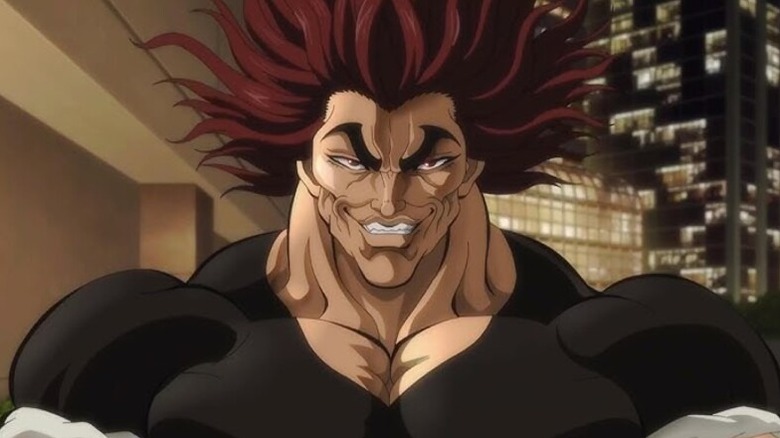
TMS Entertainment
The fighting anime "Baki" is absolutely bananas in its depiction of raw physical power as protagonist Baki Hanma seeks to surpass his evil father, Yujiro. Inheriting Yujiro's vast strength and natural aptitude for hand-to-hand combat, Baki's journey is overshadowed and informed by his father's legacy. After Yujiro easily defeats Baki in an early skirmish and kills Baki's mother, Emi, the young fighter's quest for vengeance becomes even more obsessively driven. However, for all of Baki's grueling training and the powerful figures he meets along the way, Yujiro remains a virtually peerless warrior.
As the strongest known character on "Baki," Yujiro contemptuously views everyone else below him as tools and annoyances rather than people. This dismissive cruelty and immense strength makes Yujiro the ultimate relentless foe, as much an unreachable point to surpass as he is an unstoppable force. Though a begrudging respect between Baki and Yujiro forms, there is little moral ambiguity regarding Yujiro's outright villainy. A violent force of nature, Yujiro takes the evil father trope to a whole other level and is the driving presence behind "Baki."
Griffith (Berserk)
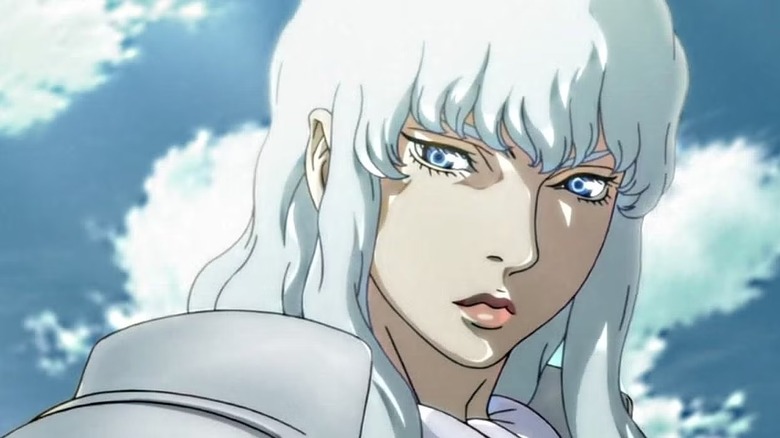
Studio 4°C
Kentaro Miura's "Berserk" is as dark and intense as manga-slash-anime stories can get, with its grim tone and graphic violence. The story centers on former friends Guts and Griffith, two mercenary swordsmen in a medieval realm full of magic and monsters. Though close allies, Griffith suddenly betrays Guts and their mercenary band to transform into the demonic Femto in a desperate bid for power. The vicious development results in the mercenary troupe being decimated, Guts maimed, and Guts' love Casca losing her sanity, with Guts swearing revenge on Griffith.
Griffith's betrayal of Guts, in an event known as the Eclipse, is one of the most shocking and twisted moments in anime history. Reflecting his deal with the devil, this turn marks a drastic loss of humanity for Griffith, no longer the white knight hero he was introduced as. This heel turn informs the rest of "Berserk" moving forward and, even whenever Griffith isn't physically present, his presence looms over the story. "Berserk" and the manga medium were never the same after the Eclipse, a testament to Miura's strong storytelling and Griffith's villainous legacy.
Eren Yeager (Attack on Titan)
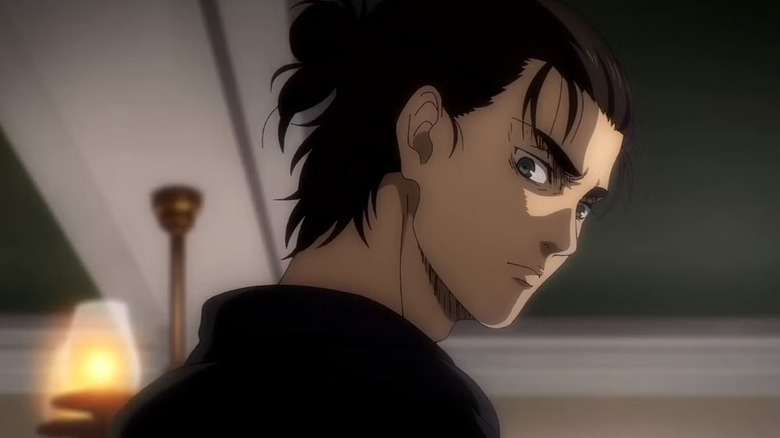
MAPPA
Introduced presumably as the hero of "Attack on Titan," Eren Yeager possesses the power to transform into a Titan and defend his kingdom from other devastating Titans. Eren learns he was engineered by his father Grisha to achieve revenge on a rival kingdom, more of a weapon to Grisha than a son. Despite his attempts to avoid this fate, Eren gives into his destructive destiny, leading an army of Titans intending to eradicate humanity. It's only through Eren's friends willing to kill him that humanity is saved from total annihilation on the series finale.
Eren Yeager is as tragic a villain as they come, an innocent manipulated by his father to become a living, breathing doomsday machine. The tragedy is he's unable to avoid or overcome his destiny, becoming the most harrowing threat his world has ever known and a consequence of prolonged, generational conflict. And with his military cunning and overwhelming power, Eren very nearly succeeds in his extinction mission, putting the world on the brink. Eren starts out as the greatest hero on "Attack on Titan," but lives long enough to see himself become its greatest villain.
Donquixote Doflamingo (One Piece)
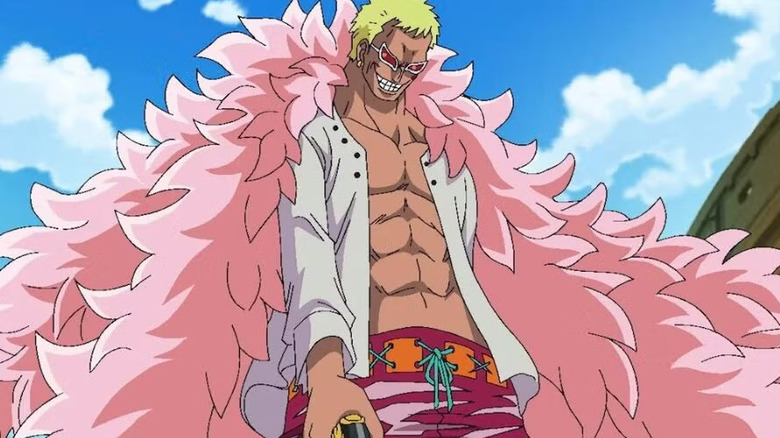
Toei Animation
For some, being a villain is an excuse to embrace one's inner bad guy and do it stylishly, rather than feeling tortured or misunderstood. Nobody plays supervillain quite as flamboyantly in anime as Donquixote Doflamingo on Eiichiro Oda's "One Piece," who leads his own crew, the Donquixote Pirates. An absolute megalomaniac, Doflamingo exudes unflappable confidence and is unafraid of his opposition, including Monkey D. Luffy and the Straw Hat Pirates. Doflamingo backs up his constant swagger with his vast illicit connections and mastery over his powers gained by consuming Devil Fruit.
"One Piece" is full of over-the-top villains, but none are quite as memorable or deliciously wicked as Doflamingo. Doflamingo might have a tragic backstory traced to his painful upbringing, but rather than wallow in that trauma, he turns it into a vibrantly vicious persona. Doflamingo openly revels in death, destruction, and wanton mayhem while using his powers to act as a literal puppet master. He occasionally uses the alias "Joker," and the moniker couldn't be more apt because Doflamingo is just as colorfully chaotic and destructively sadistic as the DC Comics supervillain.
DIO (JoJo's Bizarre Adventure)
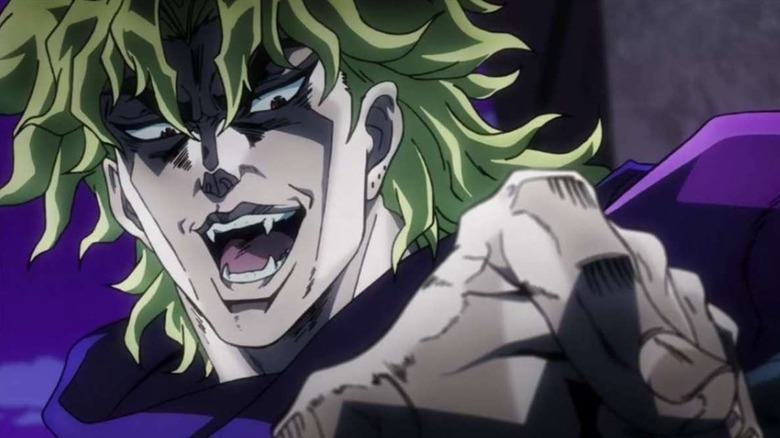
David Production
Hirohiko Araki's risky "JoJo's Bizarre Adventure" is one of the most vibrant and deep anime series around, so it's fitting that one of its main antagonists is just as richly developed. Dio Brando, or simply DIO, is an unrepentantly evil vampire who has a long, violent history with the Joestar family. Though flagrantly devious, DIO's irresistible charisma makes him a natural leader as he carries out his longstanding feud with the Joestars. In addition to his vampiric abilities and inherent cunning, DIO is magically enhanced, making him one of the most formidable characters on all of "JoJo's Bizarre Adventure."
While "JoJo's Bizarre Adventure" is full of over-the-top villains, none even come close to the slickly flamboyant bar set by DIO. Given the atrocities DIO committed on the Joestars, the vampire is a particularly personal enemy for Jotaro, reinforced by DIO stealing Jonathan Joestar's body. Sometimes, a villain that's uncompromisingly evil is a refreshing change from countless attempts to make antagonists sympathetic. DIO makes being bad look effortlessly cool, a villain that is as stylish as he is twisted in antagonizing generations of Joestars.
Char Aznable (Mobile Suit Gundam)
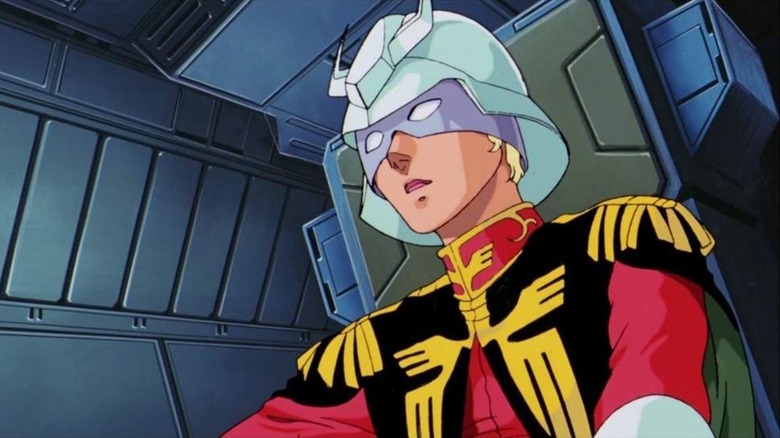
Nippon Sunrise
The Gundam franchise is full of scene-stealing villains, including Master Asia from "G Gundam" and Haman Karn from "Mobile Suit Zeta Gundam." However, all pale in comparison to Char Aznable, a major antagonist from the inaugural Gundam anime series, "Mobile Suit Gundam." A rival to series protagonist Amuro Ray, Char eventually becomes a more heroic character in the sequel series "Mobile Suit Zeta Gundam," working against the Earth Federation Forces. Char takes this conflict too far with the anime movie "Char's Counterattack," intending to completely devastate the Earth, placing him back in conflict with Amuro.
Char is as complex and nuanced as anime antagonists get; not a clear-cut villain, per say, though an adversary due to his agenda and methodologies opposing the protagonist. There is a nobility to Char, but the genocidal lengths he's willing to go against the EFF makes him Amuro's greatest enemy. Intensely charismatic, Char is a character that we hate to see break bad, but we also understand where that sinister drive is coming from. That Char and Amuro temporarily put their differences aside to work together makes their renewed animosity all the more heartbreaking and effective.
Light Yagami (Death Note)
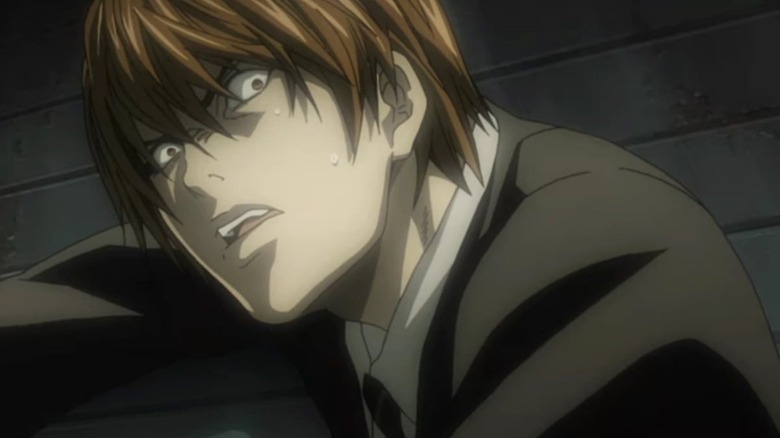
Madhouse
After recovering the titular Death Note, Light Yagami learns it possesses the power to kill anyone whose name is written in it. Briefly shocked by this murderous power, Light uses the Death Note to kill those he deems wicked in his crusade to make the world a better place. This gradually extends to law enforcement out to capture him, justifying these murders as necessary to continue his work. However, it becomes immediately clear that Light isn't as noble as he believes himself to be, going as far to use the Death Note for progressively petty reasons.
Light is a clear example of how thoroughly absolute power can corrupt absolutely, overcoming any moral hesitations to use the Death Note by the end of the first episode. His outlook is informed heavily by his hubris, stemming from his own biases. Though Light is the story's protagonist, we ultimately want him brought to justice, with "Death Note" working best when it's a cat-and-mouse game between him and his pursuers. Light is a bad guy that we love to hate, tuning into every episode for the promise of his eventual comeuppance and for his genius outsmarted for good.
Frieza (Dragon Ball Z, Dragon Ball Super)
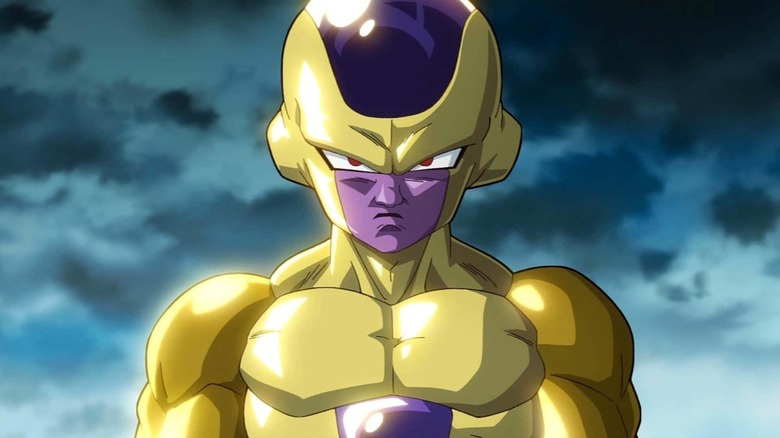
Toei Animation
Though many Dragon Ball villains have made their respective returns in various capacities, none have the staying power of Frieza. An interstellar dictator introduced on "Dragon Ball Z," Frieza has reappeared on virtually every major Dragon Ball series and game since, especially the sequel series "Dragon Ball Super." Frieza is revealed to be the one who virtually wiped out the Saiyans, the alien race of main characters Goku and Vegeta. On "Super," Frieza is resurrected stronger than ever, eventually recruited by Goku to help save their universe before once again reverting to unabashed villainy.
Frieza is presented as this overarching antagonist who personally killed Goku's father Bardock, along with most of the Saiyans and Goku's friend Krillin. The latter act serves as the final push Goku needs to achieve the Super Saiyan transformation, marking a new era for the Dragon Ball franchise. While Frieza's multiple returns may seem derivative at first glance, every instance is a highlight. In Frieza, Akira Toriyama created a villain that was not only visually striking but enduring, standing out among the endless stable of other antagonists. Whenever Frieza does appear, it's all hands on deck for Goku's greatest nemesis.

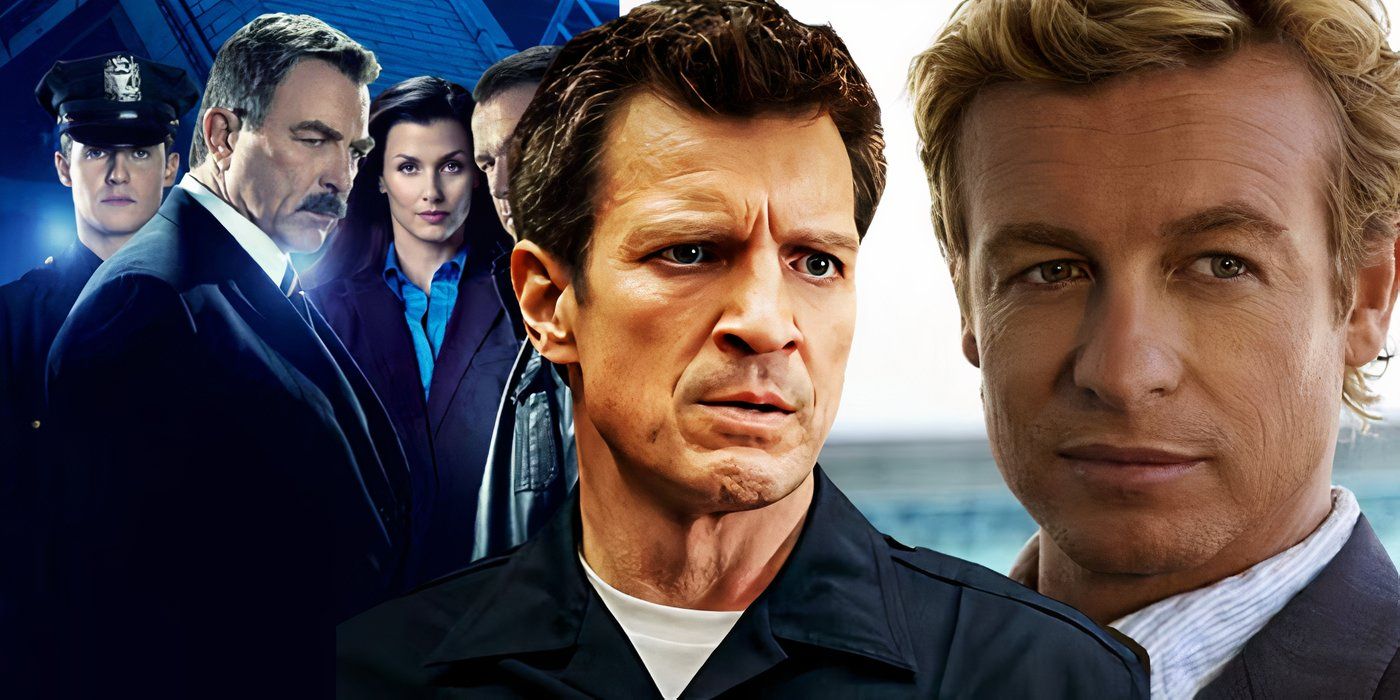
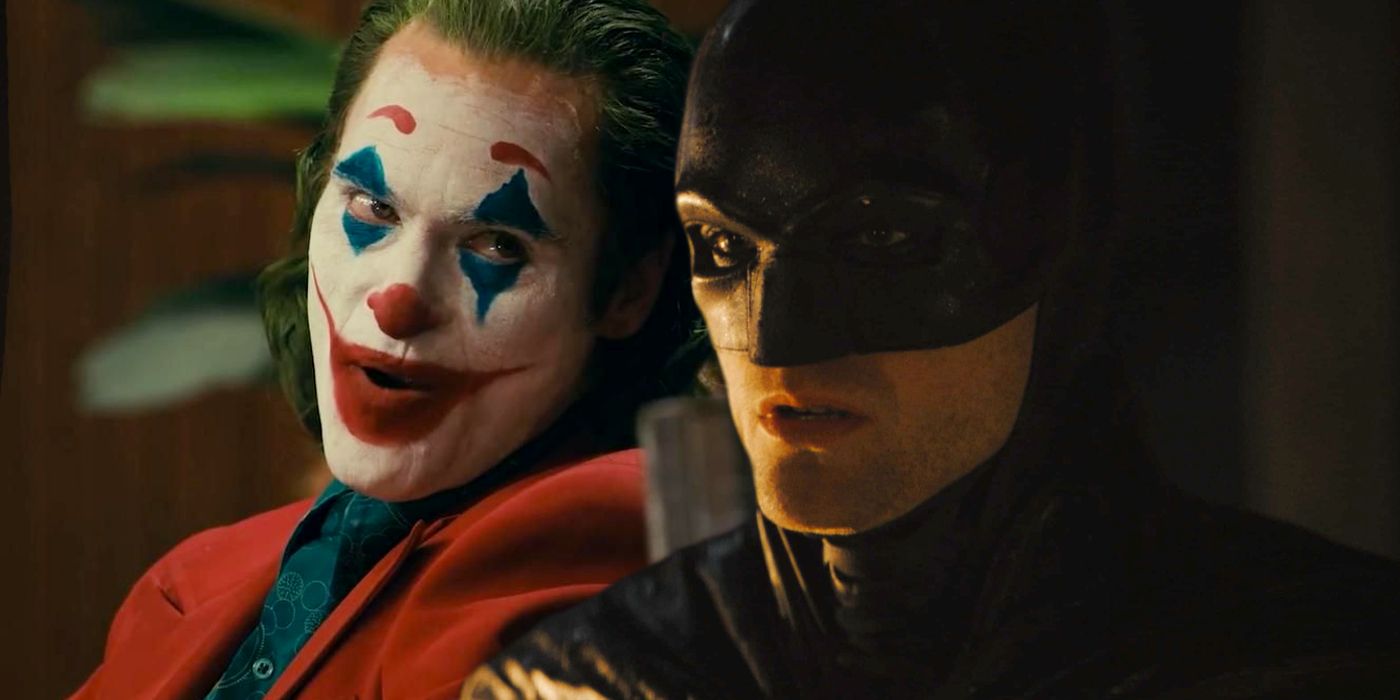
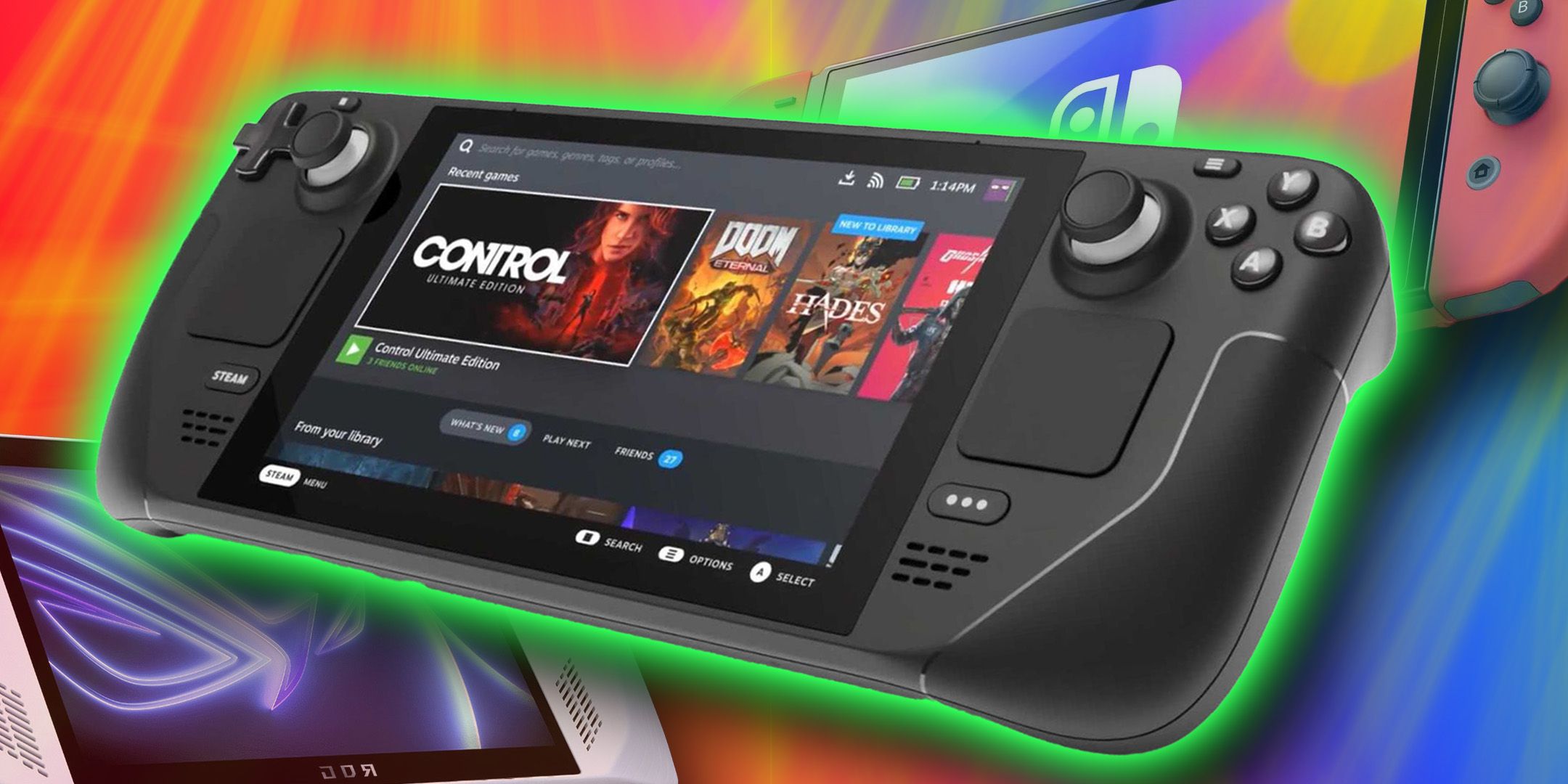





 English (US) ·
English (US) ·